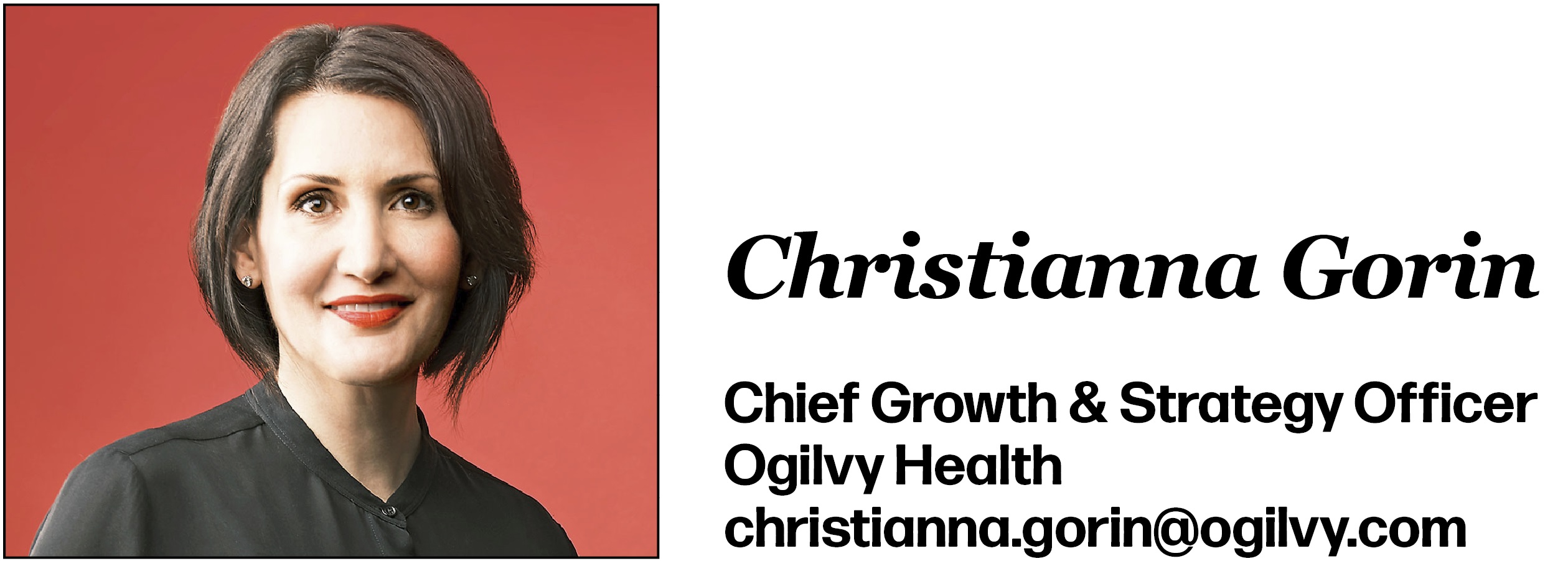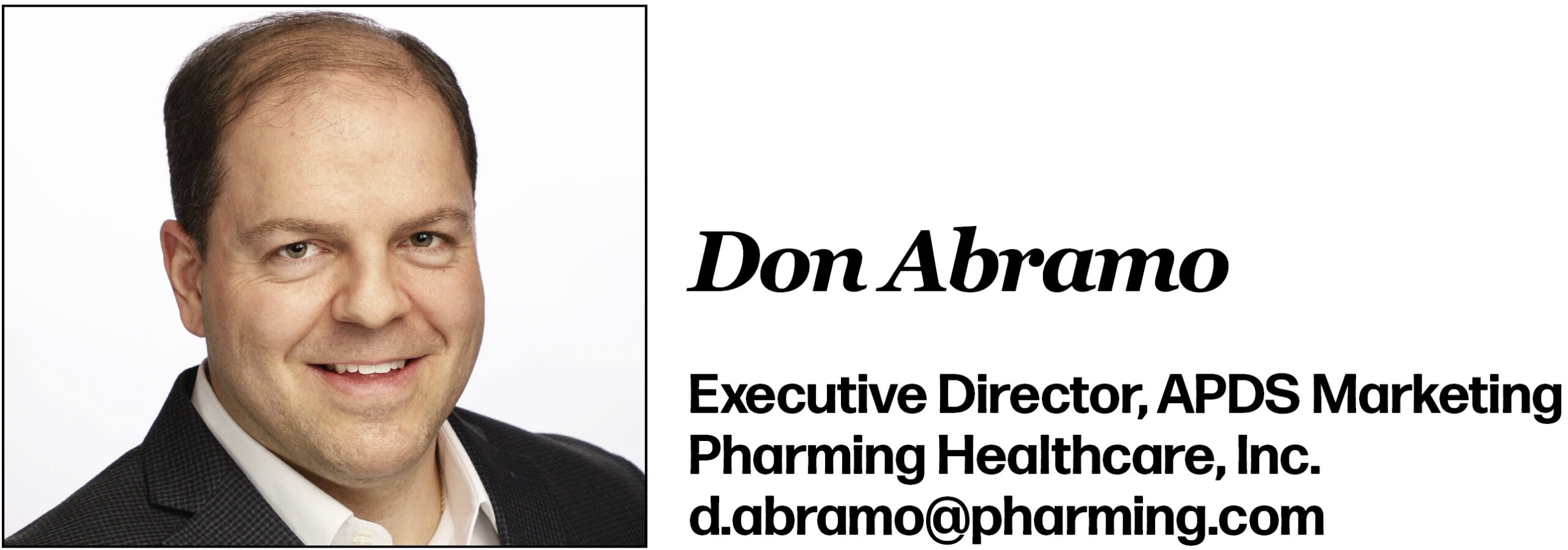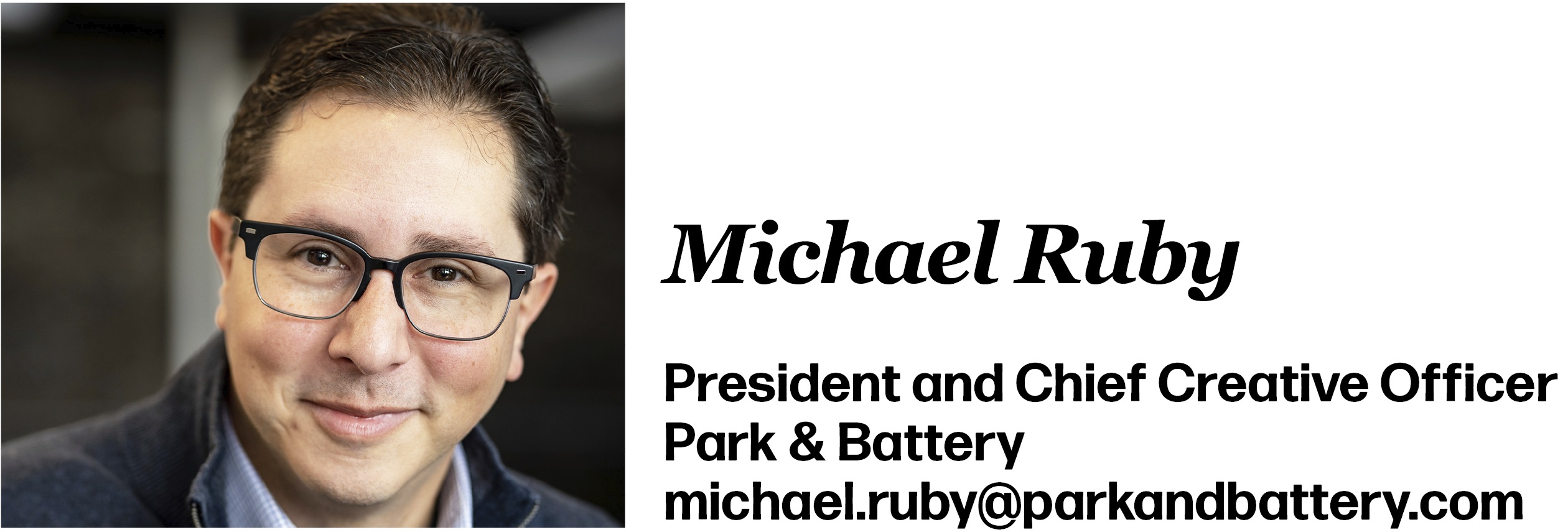Marketing is always evolving with new channels, strategies, technology, and more that allow marketers different ways to target, understand, and engage with their audiences. In fact, HubSpot Blog’s “2023 Marketing Strategy & Trends Report” found that 78% of the 1,200+ global B2B and B2C marketers surveyed believe “marketing has changed more in the past three years than in the past 50.” So, it stands to reason how you build your ideal marketing team also needs to evolve with the times.
In terms of what skill sets to look for in your team members, 316 marketing leaders at for-profit U.S. companies who participated in the Fall 2023 Edition of The CMO Survey believe the “ability to pivot as new priorities emerge” and “creativity and innovation skills” are the top skills worth prioritizing. Meanwhile, “financial acumen” ranked as the lowest.
Of course, artificial intelligence (AI) is expected to play a big role in marketing moving forward—and not just in terms of helping marketers create content and target the right people. Gartner predicts that by 2027, 80% of enterprise marketers will need to establish a dedicated content authenticity function to combat misinformation and fake material that is produced by the sheer volume of content created by generative AI and user generated content.
But what does all of this mean for marketing teams within our industry? What does the future hold for them? To find out, PM360 turned to 10 industry experts, and asked them:
- What skill sets will be the most important for members of a marketing team to have in 2024? Are there any roles or expertise that have recently grown in importance or will in the near future?
- How can teams operate the most efficiently and effectively? What work model is the best for both achieving results and attracting the top talent? What other technologies or services are the most helpful in optimizing a team’s performance?
- How can marketing teams best work with the other functions within their companies (sales, market access, R&D, patient services, medical affairs, etc.)? What can teams/companies do differently in 2024 to create better collaboration and communication between marketing and other departments?
- What is the most important change you would recommend to develop better marketing teams in 2024 or to help marketing teams be more successful in the new year?
 The potential for science to address the critical challenges we face in health has never been brighter. At the same time, the pace of scientific innovation, advances in areas such as technology and data science, and increased understanding of the diversity of the patient experience mean we need to take a different approach to how we bring medicines to healthcare providers and ultimately patients.
The potential for science to address the critical challenges we face in health has never been brighter. At the same time, the pace of scientific innovation, advances in areas such as technology and data science, and increased understanding of the diversity of the patient experience mean we need to take a different approach to how we bring medicines to healthcare providers and ultimately patients.
If we are truly going to positively transform patients’ lives, we must consider the whole patient experience in how we discover, develop, and ultimately deliver new medicines to patients who need them. Simply put, it’s never been more essential to collaborate across functions and work as one team toward a singular, shared goal. Marketing can serve as a catalyst to helping organizations think differently and collaborate more effectively.
Building Customer-focused Teams
To get it right in 2024, organizations should make fostering collaboration at every level a top priority, from marketing and sales to market access to medical affairs to R&D. When everyone is working together, we can ensure that healthcare provider and patient needs are being met across their journey. For instance, at Genmab, we built teams that are “customer focused” rather than “function focused” and are grounded in—and accountable for—the same shared goals. This has helped us deliver for patients quickly and in a more holistic way.
Once the right structure, governance, and teams are in place, technology and data science can help continuously refine and improve provider and patient experiences. Looking ahead, we’ll continue to see significant investments in technologies such as artificial intelligence and machine learning—but we must remember that investing in training, governance, and building a digital-first workforce is just as important as the technology itself.
 Co-creation takes on new meaning as marketing teams bring AI tools into their processes and talent pools. Beyond cross-functional cooperation, human talent must seamlessly co-create with machine “talent.” While we don’t all need to be data scientists, the ability of marketers to harness AI to drive insights, strategy, and creativity is an increasingly necessary skill.
Co-creation takes on new meaning as marketing teams bring AI tools into their processes and talent pools. Beyond cross-functional cooperation, human talent must seamlessly co-create with machine “talent.” While we don’t all need to be data scientists, the ability of marketers to harness AI to drive insights, strategy, and creativity is an increasingly necessary skill.
AI-based co-creation is a valuable skill for analysts, creative strategists, researchers, copywriters, art directors, and other marketing functions at the intersection of data synthesis and ideation. Team members and prospects should not only know how AI is used in marketing but should be proficient building it into their own creative processes and honor the transparency required in this new co-creation world. Additionally, as the role of AI in co-creation grows, we expect the need for intercultural insight mining to grow, as we train our machine collaborators to be inclusive and respectfully representative of our diverse world.
Finding the Optimal Work Model
Our obsession and experimentation with return-to-office policies sheds light on the reality that this conversation is not only about the future of work. It also is about the future of living. Many talented professionals have taken on new residences, locations, communities, lifestyles, and other life choices with lasting changes and now professional implications. Talent expects to work well and live well.
The blending of the future of work and the future of living requires flexible models, spaces, and management teams, as well as software-enabled planning and connecting tools. Community building is essential in all work models, and more work needs to be done to enhance community building in flexible models that optimize a team’s performance by optimizing living.
 The life sciences commercialization landscape is undergoing a significant transformation marked by the increasing convergence of sales and marketing functions. This shift is driving requirements to deliver a simpler, more unified customer experience (CX) bringing greater value.
The life sciences commercialization landscape is undergoing a significant transformation marked by the increasing convergence of sales and marketing functions. This shift is driving requirements to deliver a simpler, more unified customer experience (CX) bringing greater value.
In both our research and real-world observations, we’ve consistently discerned that “the best experience wins.” A report by McKinsey underscores this, indicating that well-implemented commercial transformations can yield a 5–10% revenue increase, a 10–20% boost in marketing efficiencies and cost savings, a 3–5% rise in prescribers, and a 5–10% improvement in HCP satisfaction on a global scale.
Achieving a unified CX is challenging. It requires a deep understanding of communication channels and ever-evolving platform capabilities. This challenge of staying current is further compounded by the common practice of brands relying on disparate agency partners to manage specific channel functions, resulting in disjointed experiences and fragmented engagement data.
Teams Need a Customer Experience Architect
A proposed solution to overcome this disjoined CX is for marketing teams to incorporate the expertise of a Customer Experience Architect in the commercial organization. The mandate of this role is to bring a unique understanding of commercial business drivers, technology, and data and analytics skills. They must not only champion the cause of a unified CX across sales and marketing but also be responsible for delivering it. In addition, this role must track emerging trends, such as the impact of innovations such as generative artificial intelligence on customer experience.
Strategically integrating CX Architect capabilities in commercial function will drive greater commercial success by delivering higher value experiences to pharma stakeholders. We believe that today and in the future the winning brands will own the best customer experience.
 Going into 2024, the most important skill sets for pharmaceutical marketing teams remain the same: lead strategy, understand and leverage analytics, establish strong relationships cross-functionally and externally with customers, ensure executional excellence and monitoring through appropriate key performance indicators (KPIs), and think outside the box.
Going into 2024, the most important skill sets for pharmaceutical marketing teams remain the same: lead strategy, understand and leverage analytics, establish strong relationships cross-functionally and externally with customers, ensure executional excellence and monitoring through appropriate key performance indicators (KPIs), and think outside the box.
While the fundamentals don’t change, the market is dynamic, especially with brands in rare disease. As we move into 2024, several things are top of mind for me, including access to customers—which continues to be increasingly difficult (on-going trend for several years)—increasing pressures on market access and pricing, and the evolution of AI within our industry.
Advantages of Knowing How to Use AI
Understanding AI could have a significant impact as marketing teams look for ways to differentiate themselves and reach customers. Working in the rare disease space for several years, I see a clear advantage with this approach. For me and my team, we have the first and only treatment in the therapeutic space for my product. We are focused on market shaping, disease education, and identifying patients, which is a big challenge.
As more and more treatments become available for rare diseases with unmet medical need, marketers need to understand how to find patients—not at scale like the big brands, but by being intentional in finding patients one at a time. Laser-focused marketing can help increase awareness and education among the right HCPs and using AI can potentially help accelerate patient-finding efforts. This creates a win-win scenario for HCPs and patients, helping to identify patients who are hiding in plain sight and helping them start therapy to treat their disease.
 The foundational skills of a good marketer will always be rooted in optimizing the value of our assets by reaching the right audiences at the right place at the right time. But three big challenges are impacting biopharma marketers today.
The foundational skills of a good marketer will always be rooted in optimizing the value of our assets by reaching the right audiences at the right place at the right time. But three big challenges are impacting biopharma marketers today.
1. Operationalizing omnichannel efficiently. Today, we reach audiences in numerous ways via social networks, streaming, web, TV, print, and more. The marketing team of the future will know how to use technologies and tools to predict with great precision the channels and voices that will best resonate with audiences. Whether a marketer is trying to reach millions of women in midlife or a few thousand patients battling a deadly cancer, they must be able to operationalize an omnichannel campaign that works in harmony across platforms and can be adjusted in real time based on performance.
2. Greater complexity in the payer and policy environment. Teams must be prepared to help customers navigate the system and get access to medicines. With that in mind, we look for marketers who have cross-functional experience in areas such as market research, operations, digital communications, and market access. If a marketer asks me for career advice, I often encourage them to look for roles that expand their horizons into other functions, even if it’s a lateral move. At Astellas, we regularly offer secondment opportunities on different teams to help employees diversify their experience.
3. Knowledge-sharing and collaboration. Having cross-functional experience also supports stronger collaboration across marketing and other functions that are crucial to success. We expect our teams to build strong relationships across our internal partners that goes beyond asking if “can we do something new” and instead fosters shared ownership that is focused on “how can we work together to do this compliantly to drive success.”
 Data first, okay. AI expert, sure. Omnichannel guru, why not. An increasingly long list of “experts” are becoming core to the marketing team of the future. And that’s a great place to start. Every company, team, and marketer must plan for the acute and what lies ahead. But, to quote the noted thespian Mike Tyson, “Everyone has a plan until they get punched in the mouth.” Doesn’t it just feel like the world has been punching us in the mouth repeatedly and with an intensifying malice?
Data first, okay. AI expert, sure. Omnichannel guru, why not. An increasingly long list of “experts” are becoming core to the marketing team of the future. And that’s a great place to start. Every company, team, and marketer must plan for the acute and what lies ahead. But, to quote the noted thespian Mike Tyson, “Everyone has a plan until they get punched in the mouth.” Doesn’t it just feel like the world has been punching us in the mouth repeatedly and with an intensifying malice?
Most of us have been trained to assess a job candidate’s value based almost exclusively on their quantifiable abilities to perform the tasks on the job requisition. “Do they have the hard skills to do the job?” But at the same time, the world has been screaming at us that we increasingly and urgently need to look beyond the typical checklist of skills when hiring for the future. Empathy. Humility. Response to change. Openness to diverse ideas. While some may see these as idealistic, these traits are essential to our ability as individuals and marketers to thrive in an ever-changing, ever-challenging world.
 A new marketing operating model will emerge across life sciences companies as technology fuels speed and insights that will change traditional roles. This transformation will be driven by emerging leaders—from Chief Digital Officers to Chief Marketing Officers—who enable companies to bring together people, processes, and technology across brands to improve content effectiveness. Creating a more cohesive ecosystem of stakeholders across the organization can ultimately help lead a data-driven omnichannel strategy.
A new marketing operating model will emerge across life sciences companies as technology fuels speed and insights that will change traditional roles. This transformation will be driven by emerging leaders—from Chief Digital Officers to Chief Marketing Officers—who enable companies to bring together people, processes, and technology across brands to improve content effectiveness. Creating a more cohesive ecosystem of stakeholders across the organization can ultimately help lead a data-driven omnichannel strategy.
Connecting Sales, Medical, and Marketing
Bridging gaps and creating a succinct collaboration between sales, medical, and marketing will help guide campaign effectiveness with more personalized content. Field teams are seeing firsthand what content is resonating across engagements with healthcare professionals (HCPs). By sharing insights with brand teams about the most impactful content, field teams can sync with marketing to produce content that supports more effective and efficient HCP engagements. Companies can start to shift objectives and governance models and introduce technology to streamline better marketing and campaign execution.
Creating Better Alignment Across All Functions
In 2024, organizations can work in concert with marketing and other departments by thinking holistically about a campaign lifecycle and determining contributors. An opportunity exists for increased efficiency and accuracy by setting a strategy for each campaign with various roles such as medical, legal, and regulatory; IT; brand; and agencies. We’ve seen this work well when biopharmas have a single person, such as a Chief Digital Officer, collaborating with marketing and all enabling functions to progress a campaign forward. People, processes, and technology alignment are key as the complexity and precision of biopharma marketing advances.
 Research from the Cultural Inclusion Accelerator’s CIIM™ shows that 81% of diverse consumers expect brands to take public stances on diversity, equity, and inclusion (DEI) in their ads. Yet, 61% of these consumers feel underrepresented or unseen in advertising. The bottom line: we are currently missing the mark as an industry. To get better, we must bring in new perspectives and new experiences.
Research from the Cultural Inclusion Accelerator’s CIIM™ shows that 81% of diverse consumers expect brands to take public stances on diversity, equity, and inclusion (DEI) in their ads. Yet, 61% of these consumers feel underrepresented or unseen in advertising. The bottom line: we are currently missing the mark as an industry. To get better, we must bring in new perspectives and new experiences.
It’s time to increase diversity in the room so we can connect with more than the general market—meaning more than with a white, non-Hispanic target. Through CIIM™, we also know that culture alone is responsible for up to 66% of a brand’s success—so getting that wrong, or not embedding culture at all in creative or strategic efforts, means minimizing growth in a big way.
Multicultural Marketing Experience Matters
Developing great marketing teams includes diversity, but it goes beyond that. Just because you are a Black or Hispanic executive doesn’t mean you have experience as a multicultural marketer or diversity, equity, inclusion, and belonging (DEIB) expert. Too many times, people of color are placed in a position simply because of the color of their skin, even though they may not have the experience to do the job required. Then, when they fail, the company moves forward with the belief that the position is not necessary or worthwhile in maximizing growth.
Yes, it’s important to bring in diverse perspectives because lived experiences help shape cultural perceptions. But it’s also important to make sure the executives hired are set up for success because they have the necessary skills and experiences. Many executives are out there who are diverse and have these experiences. If companies do not know where to find them, they are not looking in the right places.
 The pandemic radically changed the way we work. We went from the traditional five days a week in the office to fully remote. We then transitioned into a flexible hybrid model. At Initiative, that now includes three days a week in the office each week and two days remote. What’s novel is the in-office days are not prescriptive. There’s one team day, one agency day, and one of these days is our choice. We also have Flexi Time so people can build their travel schedules around non-peak hours. This kind of flexible hybrid approach is now critical to attract and retain top talent. This is especially challenging in the HCP marketing space where the competition for talent is intense.
The pandemic radically changed the way we work. We went from the traditional five days a week in the office to fully remote. We then transitioned into a flexible hybrid model. At Initiative, that now includes three days a week in the office each week and two days remote. What’s novel is the in-office days are not prescriptive. There’s one team day, one agency day, and one of these days is our choice. We also have Flexi Time so people can build their travel schedules around non-peak hours. This kind of flexible hybrid approach is now critical to attract and retain top talent. This is especially challenging in the HCP marketing space where the competition for talent is intense.
Turning to Tech to Increase Collaboration
Another key to a successful marketing team is finding new ways to nurture collaboration and strengthen communication. Technology should be a big part of this strategy. For example, at Initiative we facilitate that through a tool called Asana, which is used for project management and workflow automation. These types of project management tools make it easier for teams to stay connected about individual tasks or large projects across media and analytics. Furthermore, if your clients or agency partners are using the same tool, it can create potential new synergies in how you work together.
These tools will also help foster better collaboration and communication across functions, including tasks from budget management and authorizations to creating full-year plans. Plus, they make it easier to hold ourselves accountable, which ultimately leads to better outcomes and more success for teams.
 Content marketing in pharma, medical, and life sciences marketing bridges the gap between complex science and public understanding. With the proliferation of available content and channels, it’s never been more critical for marketing organizations to have a strong grasp of content marketing—and with a skilled content marketing expert at the helm of strategy, development, and distribution. I believe content experience is customer experience. It’s the lifeblood of interest, affinity, and loyalty. That’s why great content experts remain in demand—and, we find, content roles are among the most difficult to source.
Content marketing in pharma, medical, and life sciences marketing bridges the gap between complex science and public understanding. With the proliferation of available content and channels, it’s never been more critical for marketing organizations to have a strong grasp of content marketing—and with a skilled content marketing expert at the helm of strategy, development, and distribution. I believe content experience is customer experience. It’s the lifeblood of interest, affinity, and loyalty. That’s why great content experts remain in demand—and, we find, content roles are among the most difficult to source.
That said, the most vital skill for marketing teams going forward should be empathy. This is a requirement regardless of specialism. One might say empathy has always been the most crucial quality of great marketing, but it’s even more essential now.
Rethinking Today’s Work Model
The era of live, in-person-only working is over. Or at least it should be for any marketing organization that wants to effectively attract and retain great people. Employees want flexibility to work where and how they can be most effective and productive. At the same time, offering remote or hybrid work opens a much wider aperture for marketing organizations to tap into remarkable talent that they ordinarily wouldn’t get to team up with.
But a new work model requires new tools and new ways of working. Digital communications tools. Collaboration tools. Project management tools. You need virtual equivalents of the white board and water cooler. And, critically, you need to create the habits and rituals you’d have in a live office environment. Town halls. One-on-ones. Virtual competitions such as fantasy football or shared Spotify playlists. And, yes, you must find times when it’s right to get people together physically as well.









